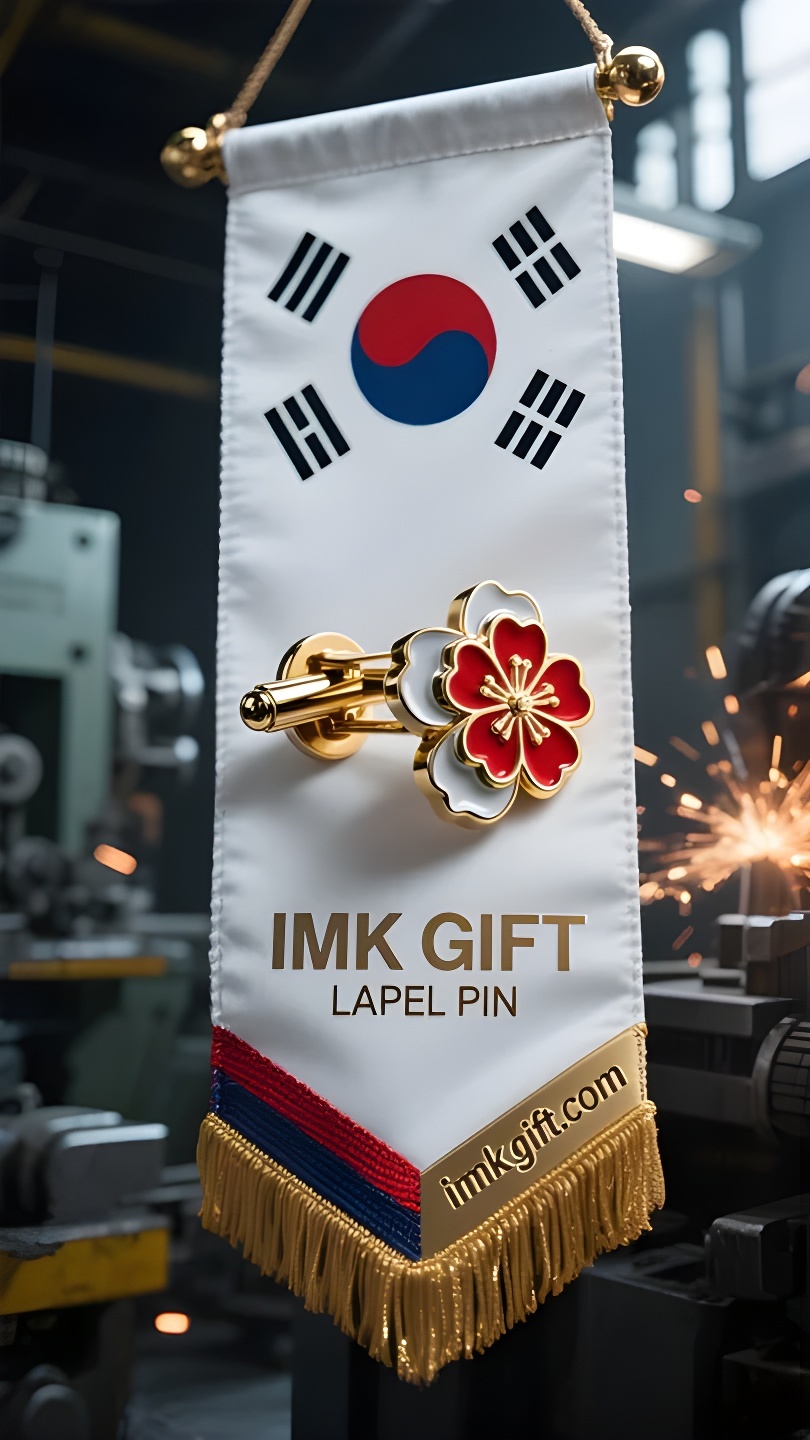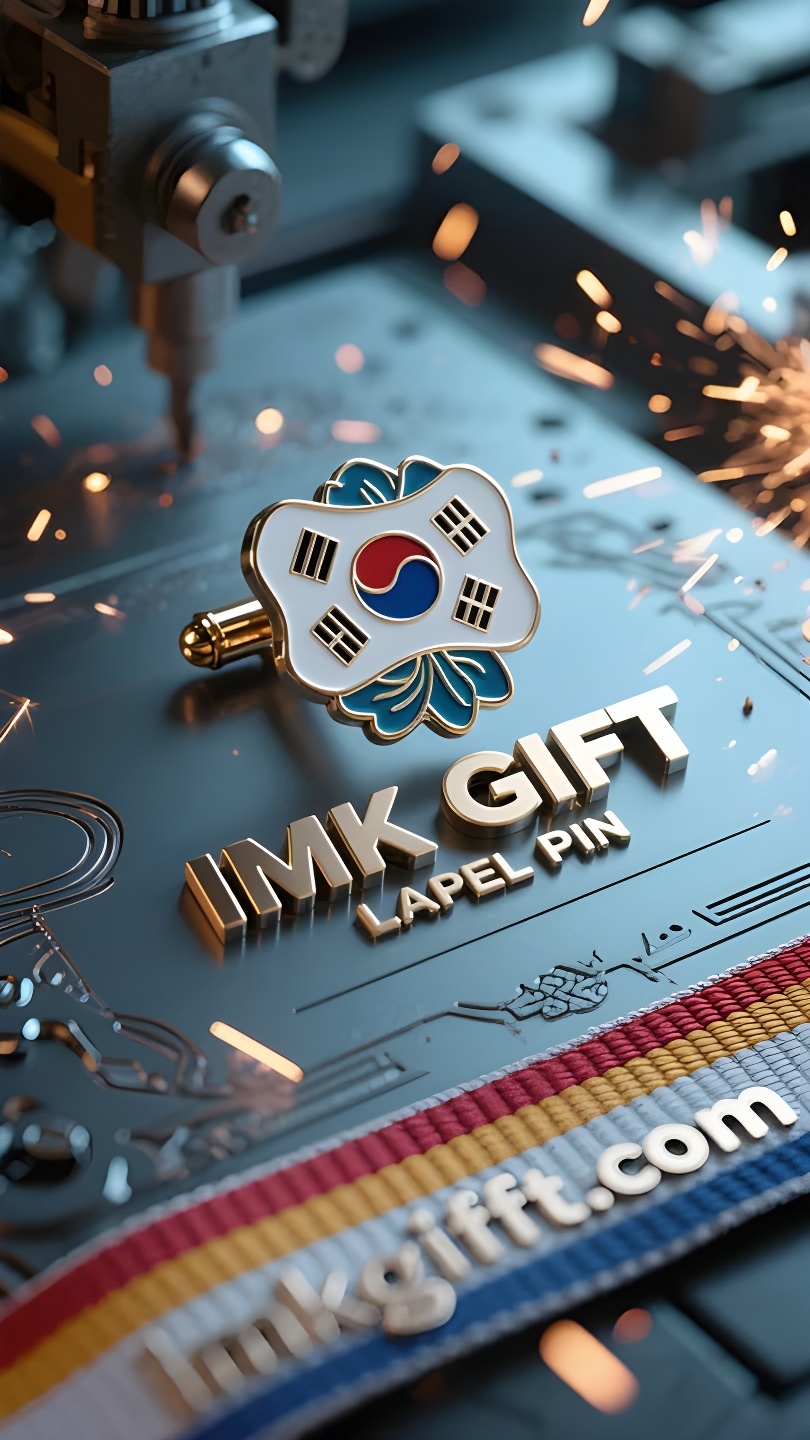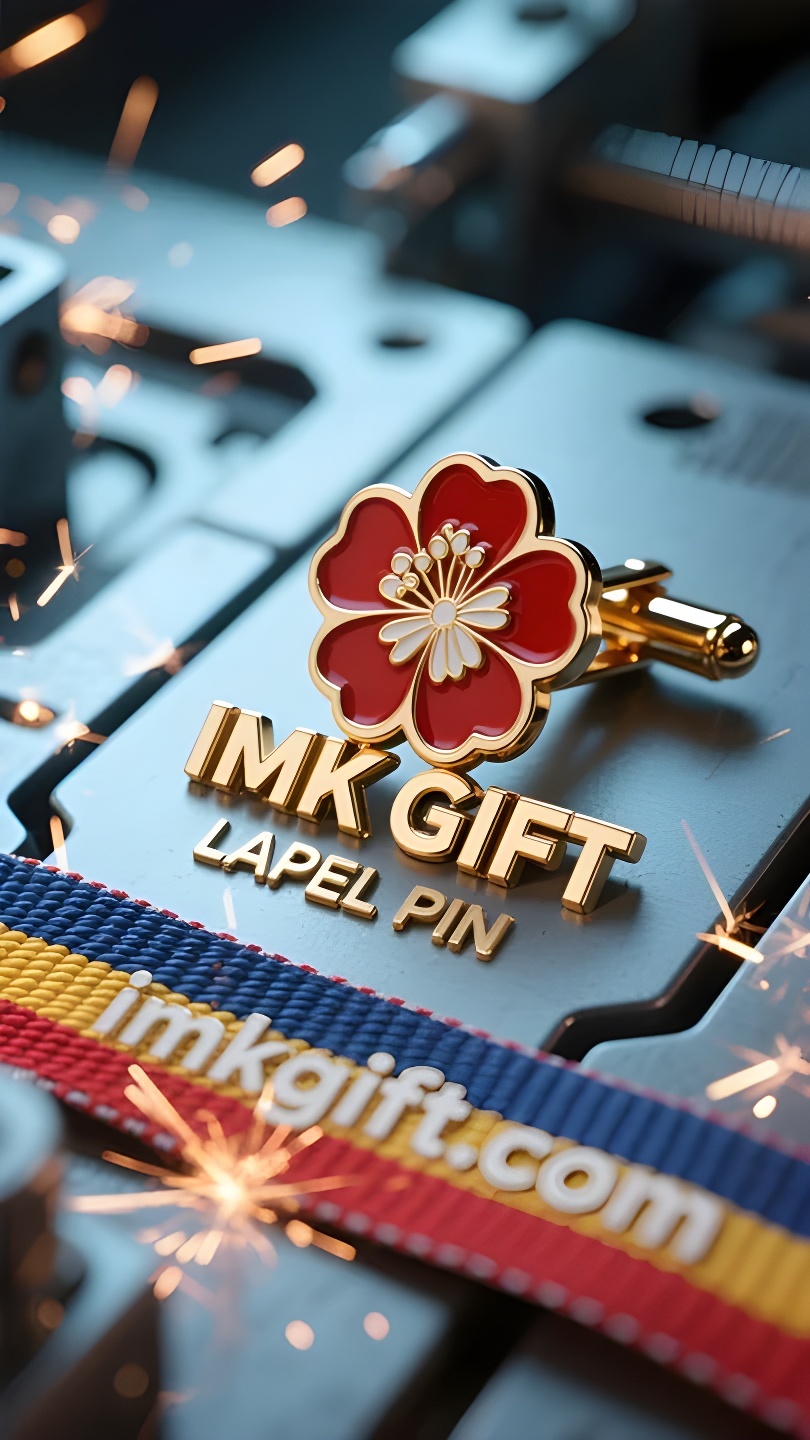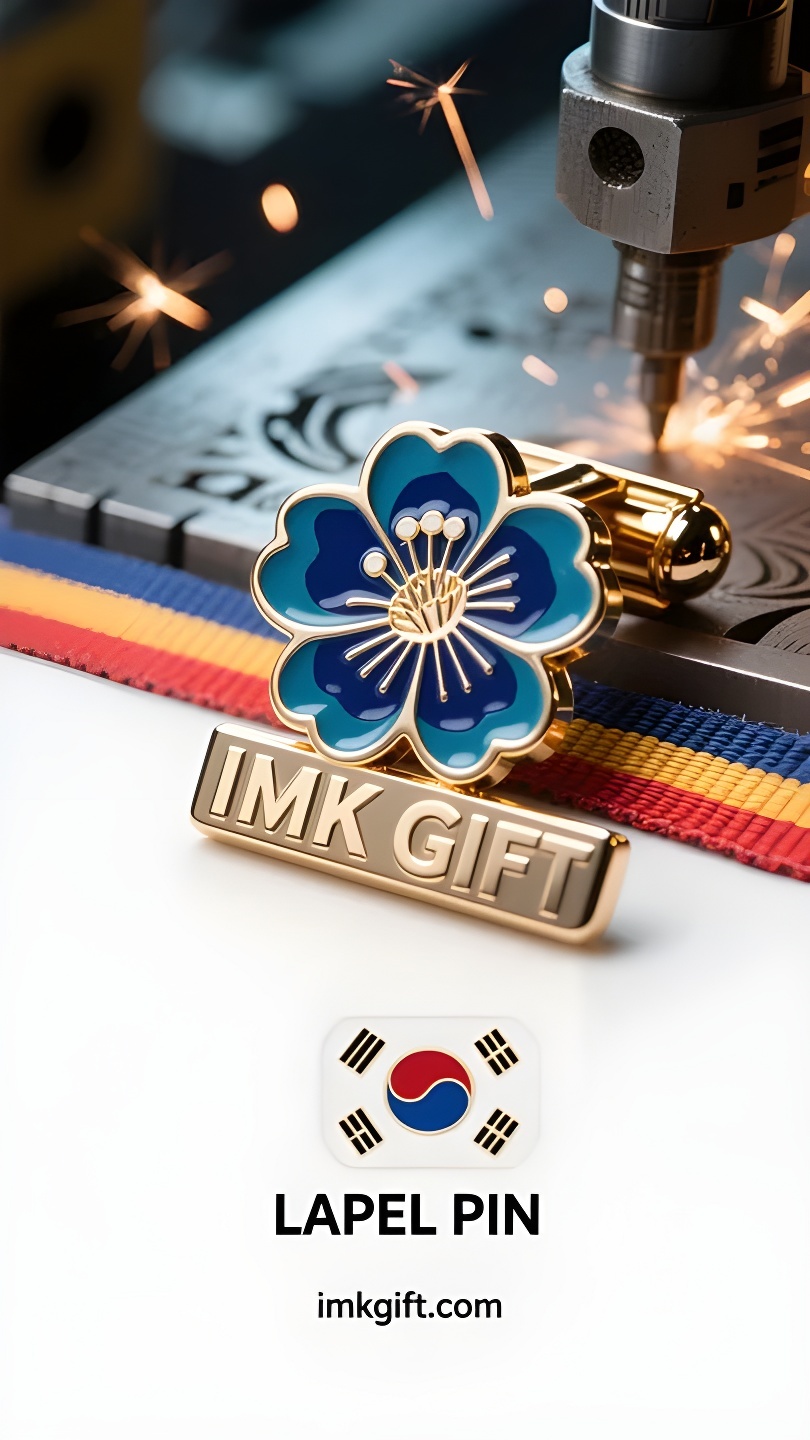in989-히비스커스-커프스-단추-커프스에-묶인-산과-강의-맹세
▼
10월의 서울 거리에서는 목화꽃이 바람에 유연한 꽃잎을 펼칩니다. 이번 달, 한국에서는 단군이 고대 한국을 건국한 것을 기념하는 엄숙한 명절인 ‘개천절’을 기념합니다. 경축 행사 때 국기가 게양될 때 태극권 중앙에 있는 음양 물고기가 계속 회전하는데, 이는 현대인이 어려움에 직면했을 때에도 끊임없이 활력을 유지하는 모습과 같습니다. 근로자들의 소매에 꽂힌 히비스커스 커프스 단추는 그 정교한 금속 질감으로 국가적 정신을 조용히 표현하고 있습니다. 일반적인 액세서리와 달리, 히비스커스 커프스 단추의 디자인은 종종 국기의 요소를 통합합니다. 태극권 패턴이 있는 금속 받침대에 피어난 일곱 꽃잎의 꽃이 떠받쳐져 있는데, 이는 대한민국 국기에서 태극권을 지키는 사괘의 이미지를 암시합니다. 각 꽃잎의 금박 장식은 바람과 비에도 불구하고 빛나는 특성을 상징합니다. 이 디자인의 심오한 의미는 현대 전문가에게 필요한 두 가지 자질과 같습니다. 즉, 날마다 새로워지는 히비스커스의 “무한한 꽃”의 회복력과 태극권처럼 모순 속에서 균형을 추구하는 지혜가 필요합니다. 국가의 뿌리를 기리는 카이티안 축제 날에는 커프스 단추에 달린 히비스커스가 단순한 장식이 아니라 손목에 두르는 맹세이기도 합니다. 국기가 5,000년 문명의 기억을 담고 있는 것처럼, 이 금속으로 주조된 꽃은 착용자에게 진정으로 강한 사람은 유연하게 압력에 대처하고 인내심을 가지고 본래의 의도를 지킬 수 있다는 것을 상기시켜줍니다. 정장 소매가 회의 테이블을 가볍게 두드리자, 반짝이는 꽃 모양의 배지가 마치 이렇게 말하는 듯했습니다. 산과 강이 우리의 증인이며, 우리의 결심은 결코 변하지 않을 것입니다.
On the streets of Seoul in October, hibiscus flowers stretch their flexible petals in the wind. This month, South Korea ushered in the “Gaecheonjeol” – a solemn moment to commemorate the founding of ancient Korea by Dangun. When the national flag was raised in the celebration, the yin and yang fish in the center of the Tai Chi diagram kept turning, just like the never-ending vitality of modern people when facing difficulties. The hibiscus cufflinks pinned on the cuffs of office workers are silently interpreting this national spirit with their exquisite metal texture. Unlike ordinary jewelry, the design of hibiscus cufflinks often incorporates elements of the national flag: the metal base of the Tai Chi pattern holds up the blooming seven petals, which implicitly matches the image of the four hexagrams of the Korean flag guarding Tai Chi. The gilding craftsmanship of each petal symbolizes the character that remains brilliant despite wind and rain. The deep meaning behind this design is just like the dual characteristics needed by modern office workers – both the resilience of the hibiscus “infinite flower” that is renewed day by day, and the wisdom of seeking balance in contradictions like Tai Chi. On the day of Kaitian Festival, which traces the roots of the nation, the hibiscus on the cufflinks is not only a decoration, but also a vow tied around the wrist. Just like the national flag carries the memory of 5,000 years of civilization, this metal-cast flower reminds the wearer: a truly strong person can not only cope with pressure with flexibility, but also guard his original intention with perseverance. When the cuffs of the suit are tapped on the conference table, the flashing flower-shaped badge seems to say – the mountains and rivers can be a witness, and this aspiration will never change.
十月的首尔街头,木槿花在风中舒展着柔韧的花瓣。这个月,韩国迎来”开天节”——纪念檀君建立古朝鲜的庄严时刻。当国旗在庆典中升起,太极图中央的阴阳鱼流转不息,如同当代人面对困境时永不停歇的生命力。而别在职场人袖口的木槿花袖扣,正以精巧的金属质地,默默诠释着这份民族精神。
不同于普通饰品,木槿花袖扣的设计往往融入国旗元素:太极图案的金属底座托起绽放的七瓣花朵,暗合韩国国旗四卦守护太极的意象。每片花瓣的鎏金工艺,象征着历经风雨依旧璀璨的品格。这种设计背后的深意,恰如现代职场人需要的双重特质——既要有木槿”无穷花”般日新又新的韧性,又要如太极般在矛盾中寻求平衡的智慧。
在开天节这个追溯民族根源的日子里,袖扣上的木槿不仅是装饰,更是系在腕间的誓言。就像国旗承载着五千年文明记忆,这朵金属铸造的花朵提醒着佩戴者:真正的强者,既能以柔韧应对压力,又能以恒心守护初心。当西装袖口在会议桌上轻叩,闪烁的花型徽章仿佛在说——山河可鉴,此志不渝。
▼
Contact Us
📞 Tel: +0086-760-85286839
📧 Email: sales3@imkgift.com








